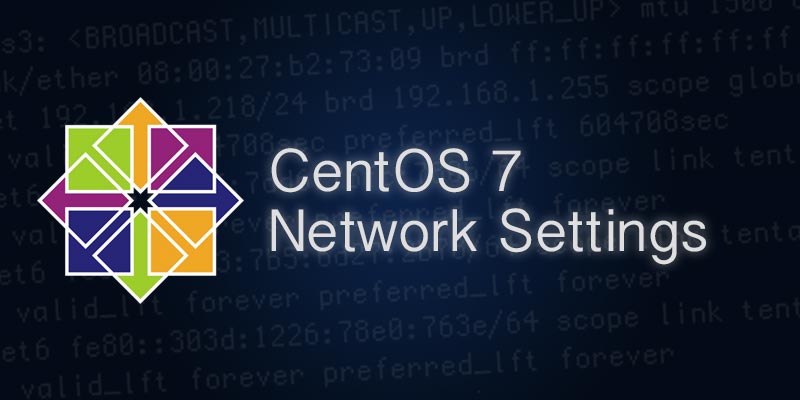

I have not taken the screenshots and will try to mention all the steps so that you don’t get any problem. Once started, log in with the root user and follow the steps listed below. Now we are done with the setting of VM, let’s start the machine and do the remaining changes in the terminal.
The Host-only Adapter enables the host (Windows machine) and guest (VM) to communicate while being on the same network. The Host machine can not access the VM in this case so to overcome this, we need the second adapter. Network Address Translation (NAT) allows the guest machine, here our VM, to access the internet from the host machine (The Windows machine). * Adapter 2 -> Enable it as well and select Host-only Adapter in Attached to option. * Adapter 1 -> Enable Network Adapter and choose NAT in Attached to option. There will be 4 adapters and we need to set the first two. – Now go to the setting of the VM and click on the network option. You just need to uncheck (disable) the DHCP Server option. You can see that the adapter is already set.

– Click on File and select the Host Network Manager option. – Open Oracle VM VirtualBox and select the VM for which you want to configure your network. The same process will be followed in RedHat Linux and CentOS. Here in this post, I have used Oracle Linux 7. So follow the below-mentioned steps to properly configure your network. This means I had to set up the network in such a way that my VM can get internet connectivity. Recently I got a scenario where I had set up a static IP from the terminal and was trying to access the IP from outside VM through Putty but I was not able to, so I did some R&D and found that my VM was restricted from accessing the internet of the host machine. This post will demonstrate how to access a static IP outside the virtual machine.


 0 kommentar(er)
0 kommentar(er)
